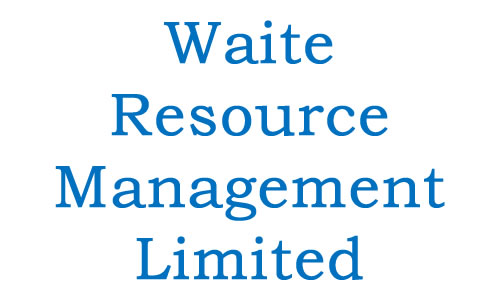Data access control is an important part of a company’s security strategy. It limits the amount of confidential data that can be accessed without authorization. It can prevent the leakage of intellectual property and the exposure of personal information of employees and customers.
Controlled access involves implementing policies which dictate the types of sensitive data that specific employees and department must have access too. This ensures the most pertinent data is accessed. This prevents wasteful searches, and ensures productivity increases.
Protecting your first party data
Data integrity is the quality and accuracy of information. Data integrity can vary in levels. This boardroom technology can be achieved by ensuring only authorized users have access to information, encrypting that data so it cannot be read without permission, or monitoring who is accessing the data, how often, and when.
Role based access controls (RBACs): This model allows access to be granted based on a person’s role within an organization and their job functions. This method can be used in organizations, where different groups are granted different levels to read or write data.
Discretionary accessibility control (DAC), in this model the end user is the one who controls the access to resources. The user has the freedom to set his or her own permissions and revoke other users’ permissions. It’s difficult and can cause serious issues if permissions have been granted incorrectly.


Leave A Comment